Papercrete Garden Sculptures
jloppnow
18 years ago
Related Stories
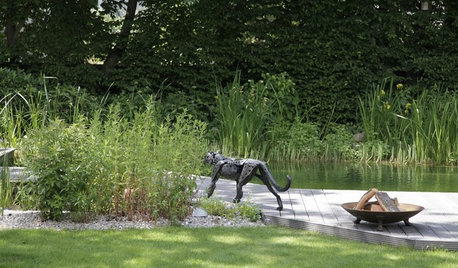
LANDSCAPE DESIGNSecondary Sculptures Bring Style and Surprise to the Garden
These sculptures function as supporting actors in making a good garden a great production
Full Story
GARDENING FOR BUTTERFLIESButterfly Gardening: Delight the Eyes With Living Sculptures
Surprise and thrill with a garden that attracts magical winged creatures, bringing color, movement and life
Full Story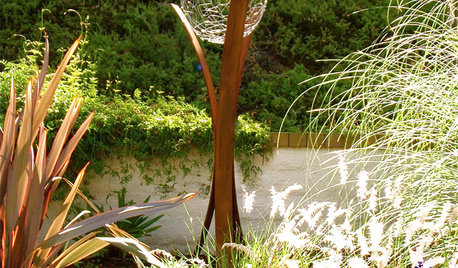
GARDENING AND LANDSCAPINGGarden Sculptures Shape the Landscape
Artworks in the garden don't just add to a landscape design; they can create a completely different experience
Full Story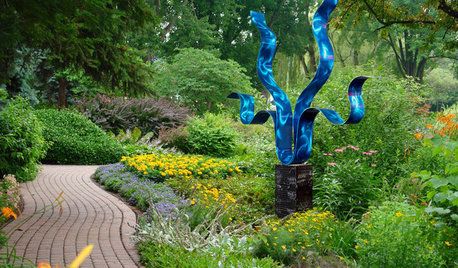
ARTWhat Sculpture Brings to the Garden
See 10 ways garden art earns its place in our personal outdoor spaces
Full Story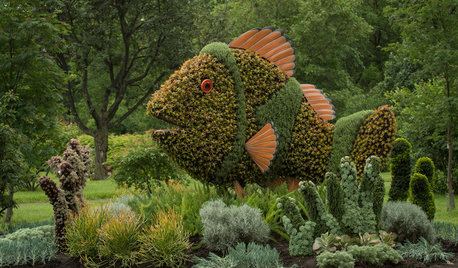
INSPIRING GARDENSLiving Sculptures Delight at the Montreal Botanical Garden
Go see it: clownfish, lemurs, frogs, loyal dogs and more — designers have turned plants into art for a fantastic summer installation
Full Story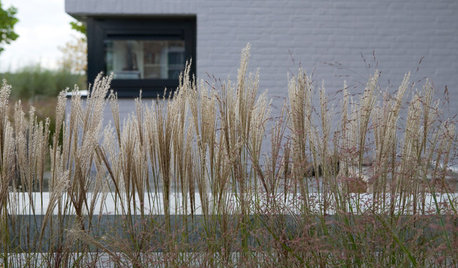
LANDSCAPE DESIGNConsider a Plant as Living Sculpture
If traditional garden art isn’t really your thing, plant living art instead
Full Story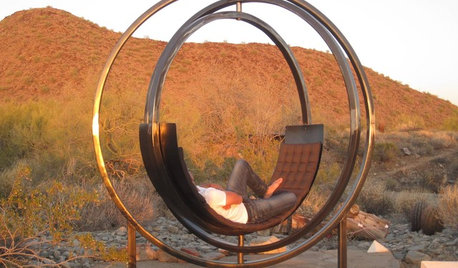
GARDENING AND LANDSCAPINGIs It a Gyroscope or Sculpture? Nope, It’s a Chair
With an inner ring that rotates 360 degrees, this student-designed seat is positioned to turn some heads
Full Story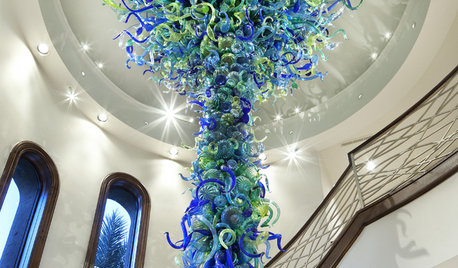
ARTWitness a Fantastic Chihuly Glass Sculpture Installation
Ever wonder what goes into a design that includes a major — and highly breakable — artwork? Here's your chance to find out
Full Story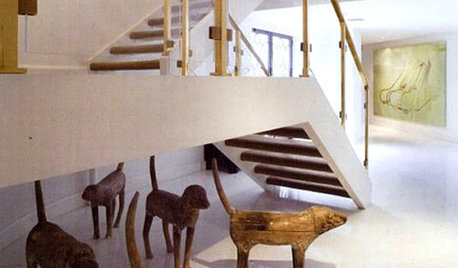
ARTExpert Talk: Sculpture Helps Rooms Break the Mold
Pro designers explain how sculpture can bring interiors to a higher level of design
Full Story





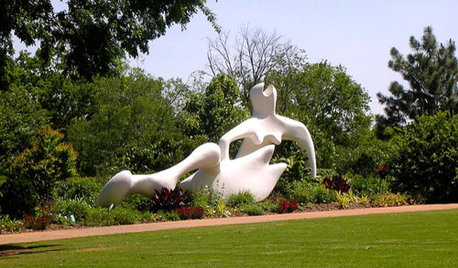
Happy_Go_Lucky_Gayle
tufaenough
Related Professionals
Danbury Landscape Architects & Landscape Designers · Clark Landscape Architects & Landscape Designers · Wakefield Landscape Contractors · Brockton Landscape Contractors · Cockeysville Landscape Contractors · Costa Mesa Landscape Contractors · Fort Worth Landscape Contractors · Indio Landscape Contractors · Lynchburg Landscape Contractors · Pacifica Landscape Contractors · Ringwood Landscape Contractors · Vancouver Landscape Contractors · Chicago Ridge Landscape Contractors · Crowley Landscape Contractors · Selma Landscape Contractorsmabeldingeldine_gw
dixiesmom
jloppnowOriginal Author
rockhewer
artfart
tufaenough
jloppnowOriginal Author
tufaenough
Old_hippy
tufaenough
artfart
goldenskyhook